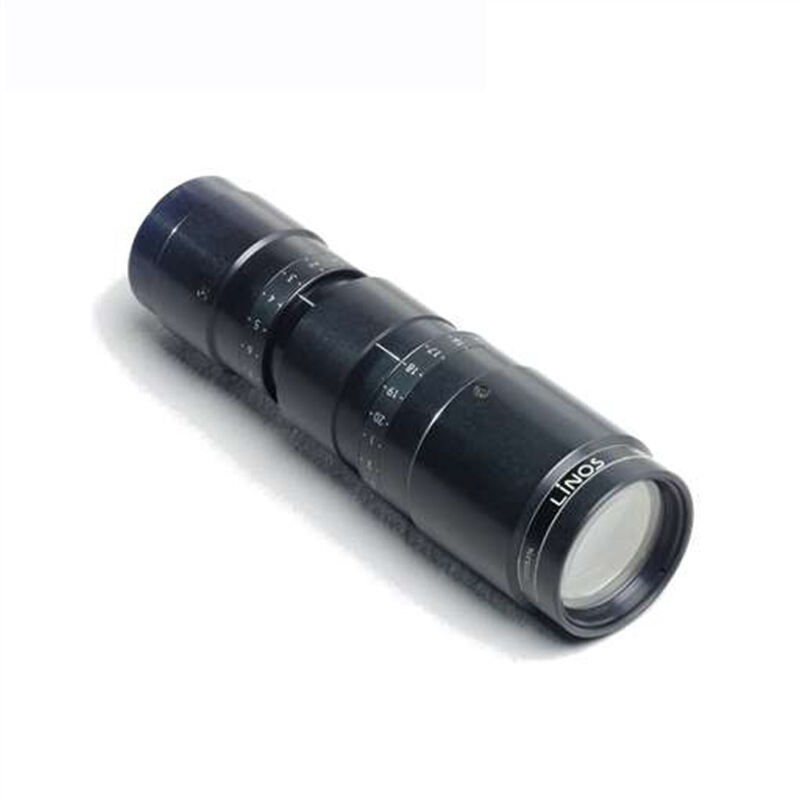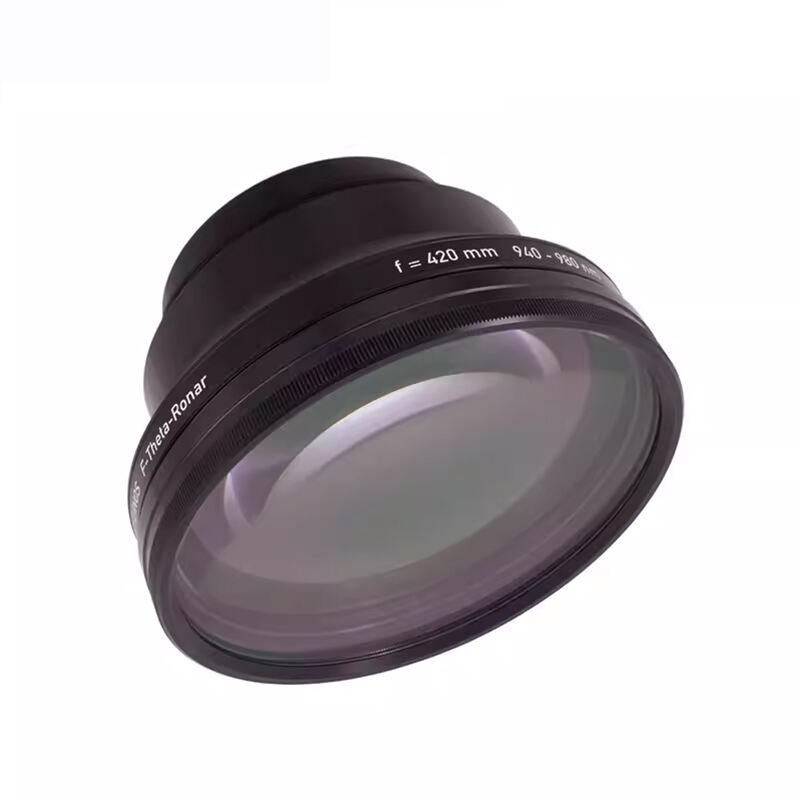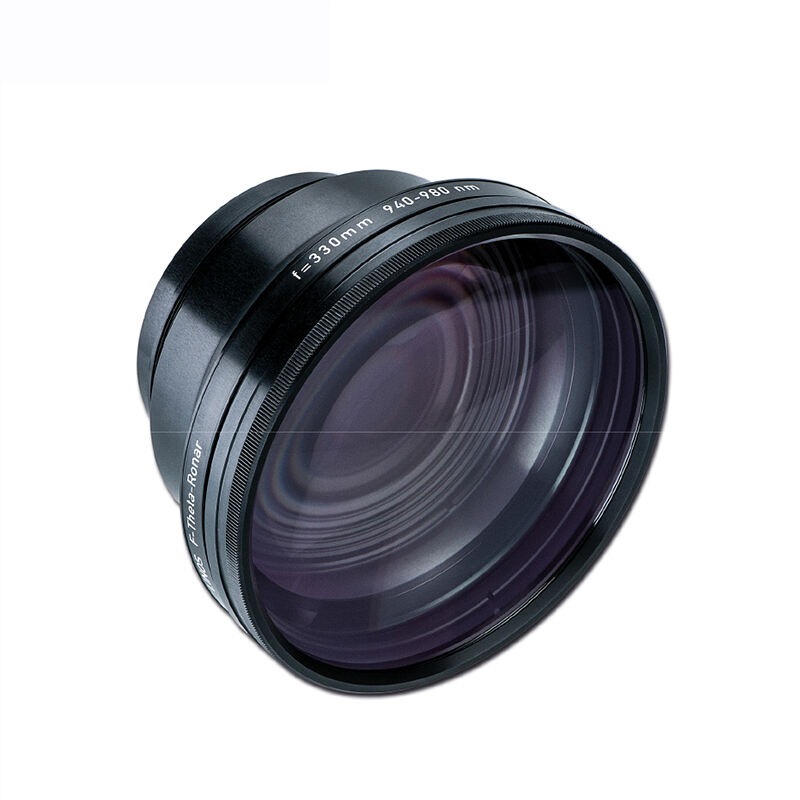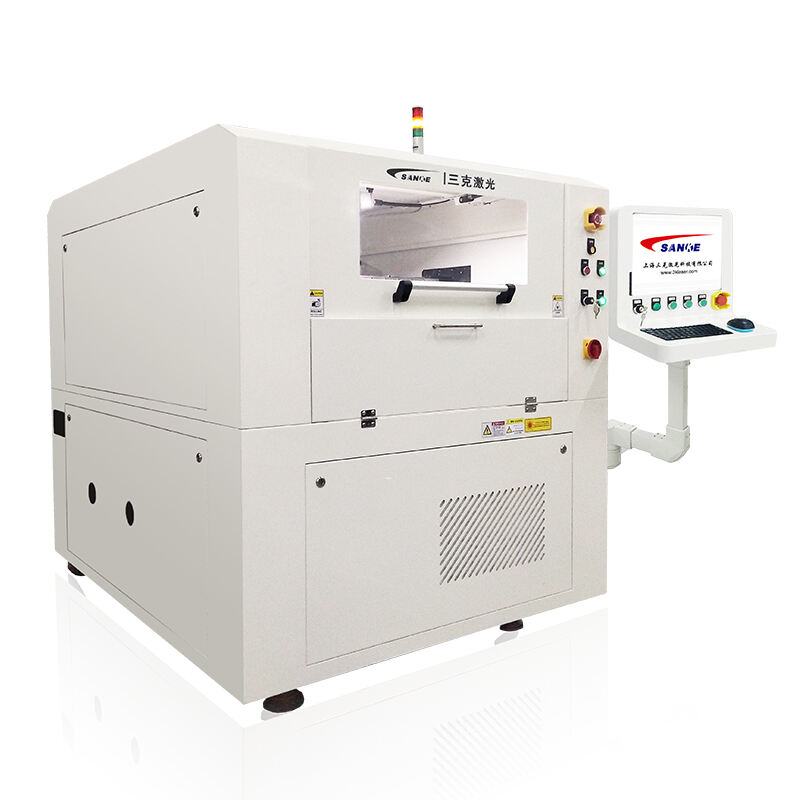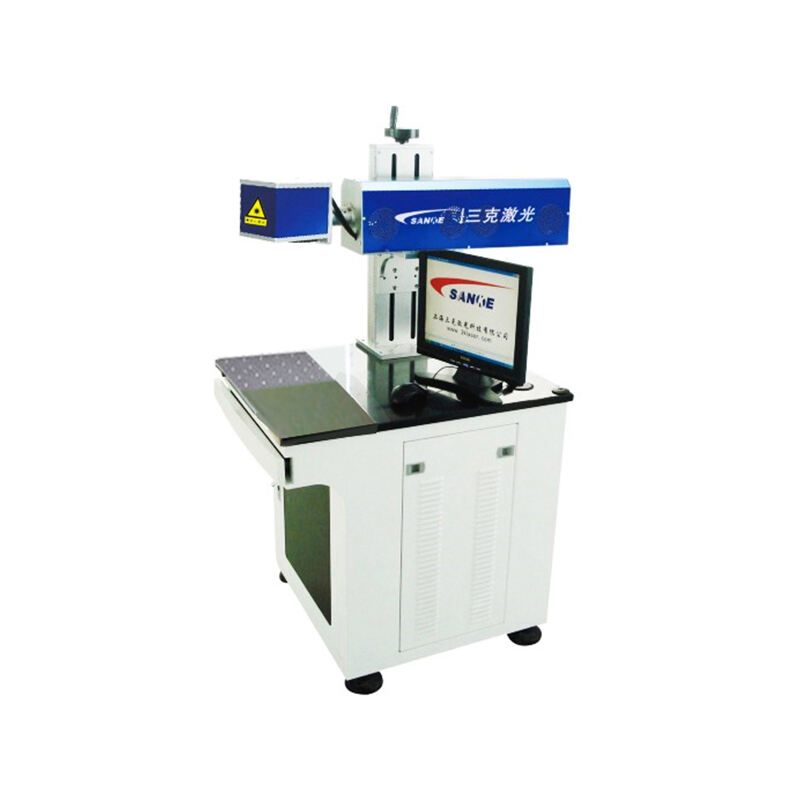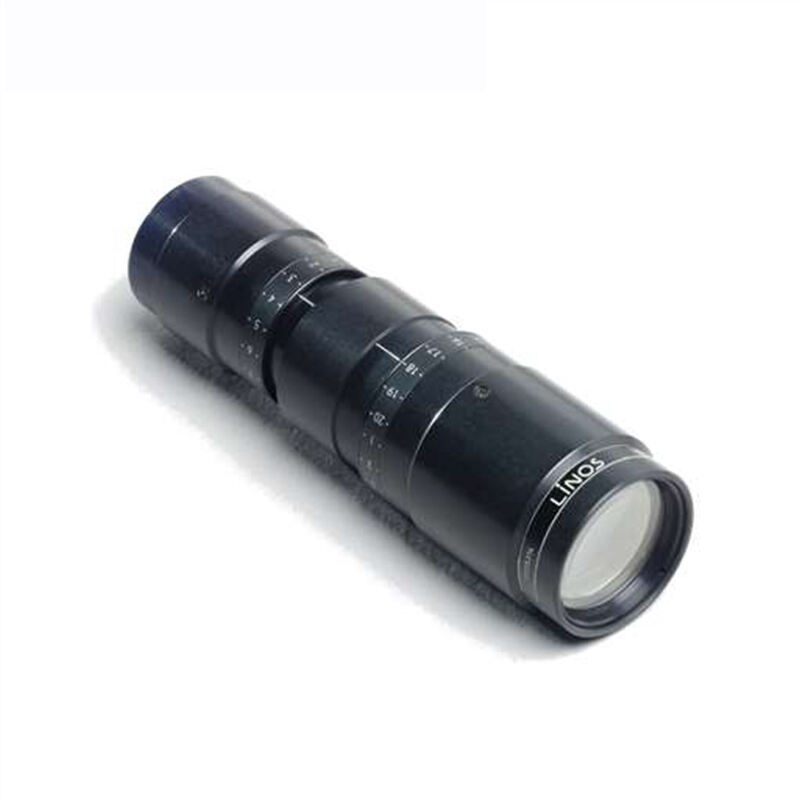Capacidades Versátiles de Procesamiento Multi-Materiales
La notable versatilidad de la tecnología del láser UV en el procesamiento de diversos materiales representa una de sus características más valiosas, permitiendo a los fabricantes consolidar múltiples operaciones de procesamiento en un único sistema eficiente. Los sistemas con fuente láser UV demuestran una capacidad excepcional en una amplia gama de materiales, incluyendo metales, polímeros, cerámicas, vidrio, materiales compuestos y materiales avanzados de ingeniería, eliminando la necesidad de equipos especializados dedicados a tipos específicos de material. Esta capacidad de procesamiento multi-material se deriva del mecanismo de interacción fotoquímica de la luz ultravioleta, que rompe directamente los enlaces moleculares en lugar de depender principalmente de efectos térmicos, lo que hace que el láser UV sea efectivo en materiales con propiedades térmicas muy diferentes. La adaptabilidad de la tecnología del láser UV permite a los operadores cambiar entre distintos materiales y aplicaciones sin necesidad de reconfiguraciones extensas ni cambios complejos de configuración, simplemente ajustando parámetros de software y configuraciones de procesamiento. Esta flexibilidad resulta invaluable para talleres por encargo, instalaciones de prototipado y fabricantes que producen líneas diversas de productos que requieren capacidades de procesamiento de varios materiales. Los sistemas con láser UV destacan en el procesamiento de materiales difíciles que representan retos para métodos convencionales, incluyendo materiales transparentes como el vidrio y ciertos plásticos, metales reflectantes y estructuras compuestas con propiedades variables a través de su espesor. El control de precisión ofrecido por la tecnología del láser UV permite el procesamiento selectivo de estructuras multicapa, permitiendo a los operadores enfocarse en capas específicas mientras los materiales adyacentes permanecen intactos, abriendo posibilidades para aplicaciones complejas de procesamiento tridimensional. Las capacidades de tratamiento superficial de los sistemas con láser UV incluyen limpieza, texturizado, grabado y procesos de activación que preparan los materiales para operaciones posteriores como unión, recubrimiento o ensamblaje. La naturaleza limpia del procesamiento con láser UV elimina preocupaciones por contaminación que podrían surgir de métodos mecánicos, asegurando que las superficies procesadas permanezcan libres de residuos, partículas o contaminantes químicos. Los beneficios de calidad incluyen resultados consistentes independientemente del tipo de material, manteniendo los mismos altos estándares de precisión y calidad de acabado en diferentes sustratos y aplicaciones. Las ventajas económicas surgen de la capacidad de procesar múltiples tipos de materiales con un solo sistema de láser UV, reduciendo los requisitos de equipamiento de capital y simplificando los flujos de producción. Las capacidades de cambio rápido entre diferentes materiales y aplicaciones respaldan los principios de fabricación esbelta y permiten programaciones de producción ágiles que pueden adaptarse a requisitos cambiantes de clientes o demandas del mercado.
 EN
EN
 AR
AR
 FR
FR
 DE
DE
 JA
JA
 KO
KO
 RU
RU
 ES
ES


